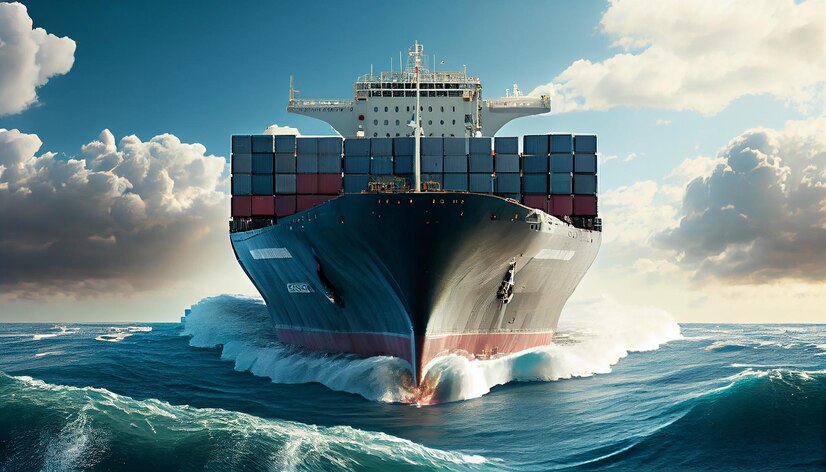Advantages Of Ocean Freight
1.Cost-effectiveness:- Shipping by sea is generally much cheaper
than other modes of transportation, especially for long-distance
and bulk shipments. This is due to the economies of scale
achieved by shipping companies, who are able to transport large
volumes of goods at lower costs per unit.
2. Sustainability:- Shipping produces fewer greenhouse gas
emissions than other modes of transportation, such as air or
road transport. Additionally, modern ships are becoming
increasingly energy-efficient and eco-friendly, with many
shipping companies investing in new technologies to reduce their
carbon footprint.
3.Flexibility of Shipment:- The client can choose to ship the
entire volume together or part by part. Ocean freight offers
this flexibility to opt for an economically viable option. If
you don’t want to spend much and need to export or import only a
limited quantity, LCL may be preferred.
4. Safe Transportation Methods:- One of the top benefits of
ocean freight shipping is that you can carry hazardous cargo via
ship safely. Observing high safety standards and meticulous
precautions, ocean freight guarantees the safe shipment of
dangerous materials. Accidents during ocean freight are minimal
compared to other modes of shipping. Therefore, sea freight is
the internationally approved means for transportation of almost
all legally approved items.
5. Assured Delivery:- Once you pick the right company, you can
be sure about the delivery of the cargo in the promised time
making ocean freight the cheapest and best shipment method.
6. Transport Oversized, Heavy, and Bulky Cargo to Any Location
(connected via sea) in the World:- Forget the limitations of size,
weight and shape you might encounter while shipping the cargo via
air. Sea freight allows you to ship oversized, heavy, and bulky
cargo to any location connected via sea. Furthermore, the cost of
shipment would be much cheaper than airfreight. That is why
companies choose ocean freight for transporting heavy machinery,
heavy-lift items, industrial units, etc.
